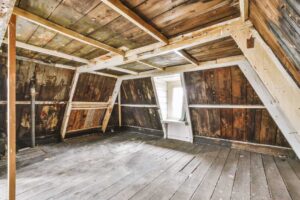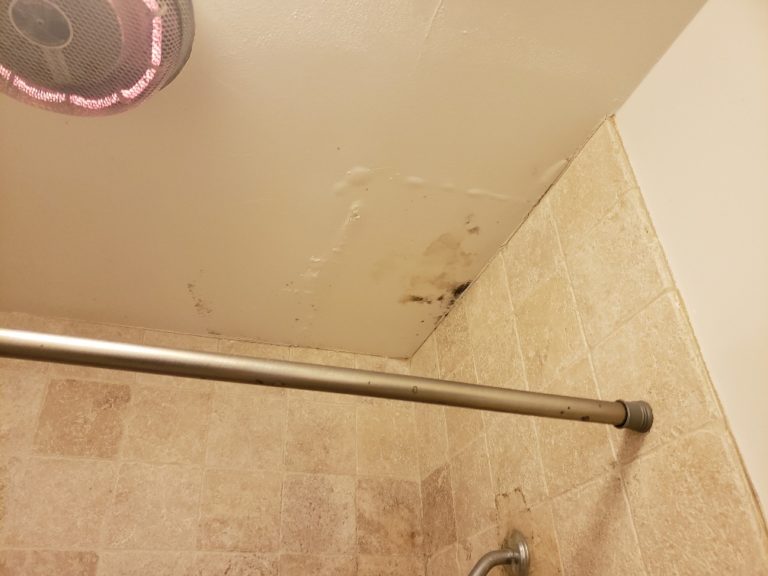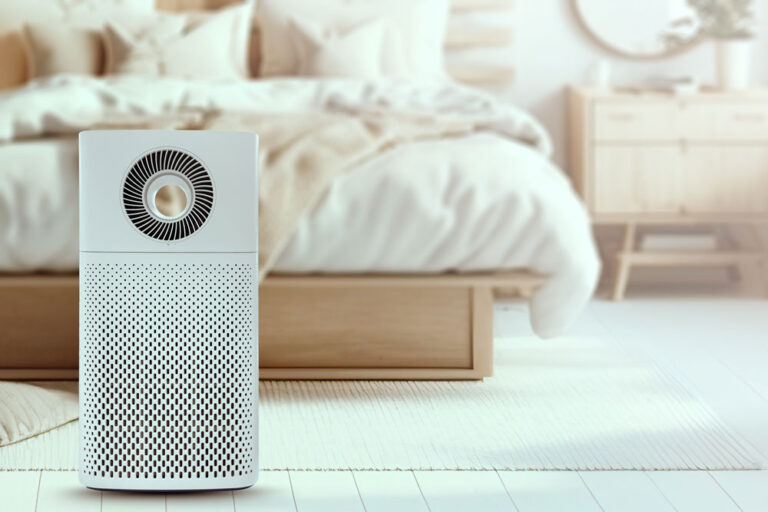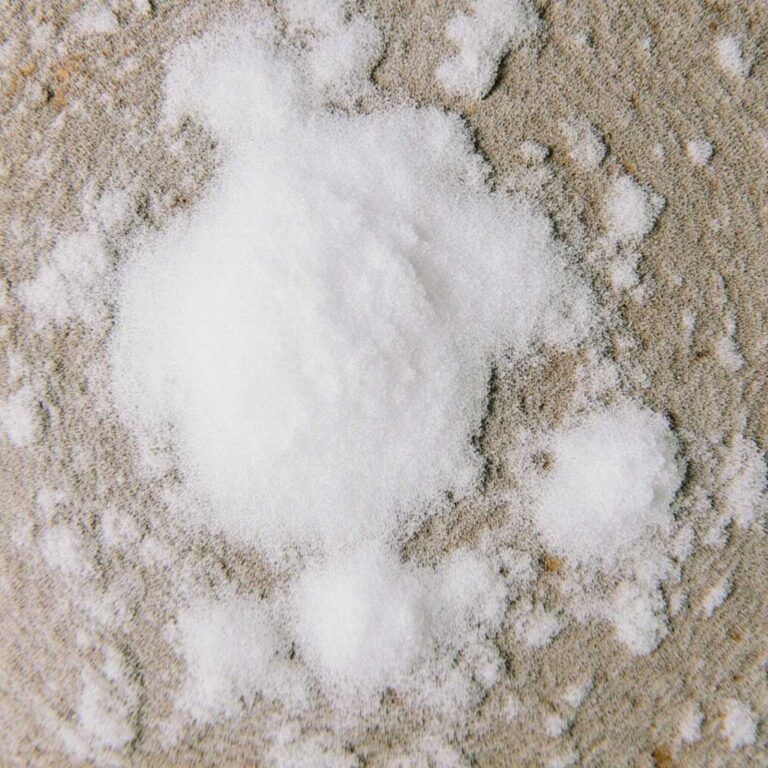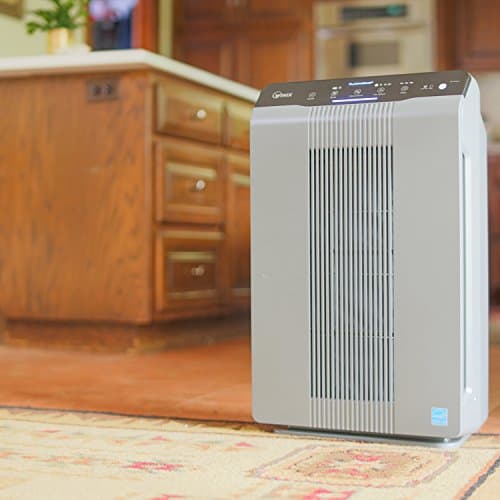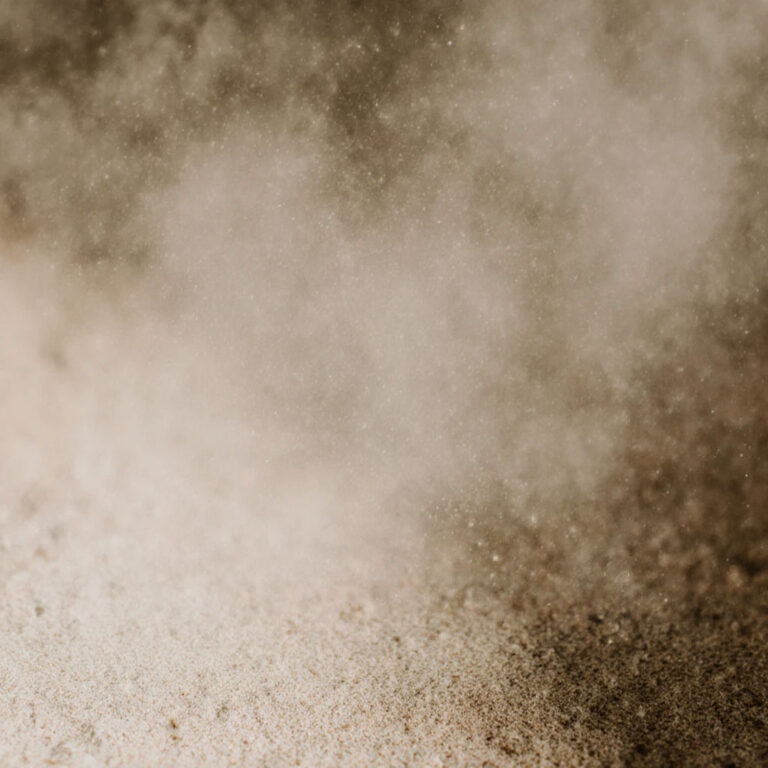Mold bugs can be a nasty surprise. One day, your wall just looks a little damp. The next, tiny insects are crawling around.
These pests aren’t random. Many bugs love mold as much as we hate it. Damp, humid areas create the perfect home for both.
The good news? Mold bugs can be dealt with—fast—if you know what you’re looking for. In this guide, we’ll cover:
- What mold bugs are and how to identify them
- Why they appear in moldy spaces
- Health risks you should know about
- The most effective ways to get rid of them and stop them from coming back
By the end, you’ll know exactly how to keep both mold and its unwanted guests out of your home.
What Are Mold Bugs?
Mold bugs are small insects that live and feed where mold grows. They aren’t a single species, several types of pests fall under this nickname, including:
- Booklice – tiny, soft-bodied insects often found on damp walls or ceilings.
- Springtails – jumpy little bugs that thrive in moist environments.
- Fungus gnats – small flying insects attracted to mold and rotting material.
These bugs don’t create mold, but they show up because mold is already there. If you notice them, it’s a warning sign that moisture and fungal growth are present in your home.
Mold bugs are often part of a bigger problem. Mold infestations can also attract other pests, including termites and cockroaches. Learn more about this connection in our guide on mold and pest infestation.
Why Does Mold Attract Bugs?
Yes, mold can attract bugs. In fact, certain insects rely on it as a food source.
Here’s why bugs love moldy spaces:
- Food source – Mold and fungus are a direct meal for pests like booklice, springtails, and fungus gnats.
- Moisture – The damp conditions that allow mold to grow are perfect for many insects to survive.
- Shelter – Small cracks and crevices near mold colonies give bugs a safe place to hide and breed.
Sometimes, moisture problems aren’t visible. Water leaks inside walls or excess humidity in the air can lead to both mold and pest problems without you realizing it. A high-quality dehumidifier can help. See why we recommend the GoveeLife Smart Dehumidifier for keeping indoor humidity under control.
Common Types of Mold Bugs
Mold doesn’t just smell musty—it also attracts a variety of pests. These insects are small, but they can become a big problem if left unchecked.
1. Fungus Gnats
- Tiny, mosquito-like insects.
- Lay eggs in damp soil, houseplants, or decaying material.
- Larvae feed on mold and fungi before maturing.
2. Booklice (Psocids)
- Soft-bodied insects, usually under 1 mm long.
- Love humid, moldy areas—think basements, attics, and behind wallpaper.
- Feed on mold spores and starch-based materials like book bindings.
3. Springtails
- Small, jumping insects often found near sinks, bathtubs, or in basement cracks.
- Attracted to damp areas rich in mold and algae.
4. Dust Mites (indirectly related)
- While they don’t eat mold, they thrive in similar humid environments.
- Mold presence can make dust mite infestations worse for allergy sufferers.
Mold Bugs vs. Bed Bugs: How to Tell the Difference
Mold bugs and bed bugs are very different pests, but their tiny size can cause confusion. Knowing the difference helps you choose the right solution.
Appearance
- Mold bugs: Extremely small, soft-bodied, often light brown, gray, or translucent.
- Bed bugs: Flat, oval-shaped, reddish-brown, and about the size of an apple seed.
Habitat
- Mold bugs: Found near damp, moldy areas such as basements, bathrooms, and under sinks.
- Bed bugs: Hide in mattress seams, bed frames, and furniture crevices—close to where people sleep.
Bites vs. No Bites
- Mold bugs: Do not bite humans; they feed on mold and organic matter.
- Bed bugs: Bite humans to feed on blood, often leaving itchy welts in clusters or lines.
Health Risks
- Mold bugs: Not dangerous themselves, but a sign of a mold problem, which can trigger allergies or respiratory issues.
- Bed bugs: Can cause allergic reactions, skin irritation, and sleep disturbances.
If you’re still unsure, consider getting a professional mold inspection to rule out a moisture issue before treating for pests.
Signs You Have Mold Bugs
Mold bugs are tiny, but they leave behind clues. Watch for these warning signs:
- Tiny crawling insects around damp spots — especially near bathrooms, kitchens, or leaky windows.
- Clusters near mold patches — mold bugs gather where their food source is most abundant.
- Musty smell in the area — often caused by mold growth rather than the bugs themselves.
- Spots on food or pantry items — they can appear in stored grains, flour, or other organic materials.
- Increase in allergy symptoms — sneezing, coughing, or watery eyes may worsen if mold spores are in the air.
Health Risks Linked to Mold Bugs
Mold bugs themselves don’t bite or sting, but they can still affect your health. The real problem is the mold they feed on. Mold spores in the air can trigger:
- Allergic reactions – sneezing, runny nose, itchy eyes.
- Asthma flare-ups – especially in sensitive individuals.
- Respiratory irritation – coughing, wheezing, or shortness of breath.
- Skin irritation – rashes or itching after contact with contaminated surfaces.
For people with mold allergies or compromised immune systems, exposure can be especially risky. Learn more in our guide on mold allergies to understand symptoms and prevention strategies.
How to Get Rid of Mold Bugs
Getting rid of mold bugs means tackling both the bugs and the mold they thrive on. Here’s a step-by-step approach:
1. Remove the Mold Source
- Clean affected areas with a mold-killing solution such as vinegar or hydrogen peroxide.
- Discard heavily contaminated items like cardboard, paper, or fabric.
- Wear gloves and a mask to avoid inhaling spores.
2. Reduce Humidity
- Keep indoor humidity below 50% to make conditions less appealing to mold.
- Use a dehumidifier — the GoveeLife Smart Dehumidifier is an excellent option for constant monitoring.
- Ensure proper ventilation in kitchens, bathrooms, and laundry areas.
3. Use Targeted Pest Control
- Vacuum up visible bugs using a HEPA filter vacuum.
- Apply insecticidal dust or sprays in severe cases (safe for indoor use).
- Always pair pest control with mold cleanup — otherwise, bugs will return.
4. Prevent Reinfestation
- Seal cracks and entry points around windows and doors.
- Store food in airtight containers.
- Use air purifiers to reduce airborne mold spores.
When to Call a Professional
Sometimes, mold bug problems are too big for DIY fixes. You should call a professional if:
- The infestation is widespread — large areas of visible mold or bugs in multiple rooms.
- You have health symptoms like persistent coughing, allergies, or asthma flare-ups (mold allergies can be serious).
- You suspect hidden mold inside walls, ceilings, or HVAC systems.
- Previous treatments failed and bugs keep coming back.
A licensed mold remediation company can inspect, locate hidden mold, and remove both the mold and the pests. Here’s what you can expect during a mold inspection, including moisture checks and air testing.
Final Thoughts
Mold bugs are more than just a nuisance—they’re a red flag for moisture and mold problems in your home. By identifying them early, fixing leaks, improving ventilation, and using tools like air purifiers or smart dehumidifiers, you can keep both bugs and mold at bay.
If the infestation is severe or affecting your health, don’t hesitate to bring in professionals. Protecting your home from mold and pests now can save you from bigger headaches—and expenses—later. Prevention is always cheaper than remediation.
Frequently Asked Questions About Mold Bugs
1. What are mold bugs?
Mold bugs are tiny insects, like booklice or mites, that feed on mold and fungi. They often appear in damp, poorly ventilated areas. Their presence usually signals a hidden moisture or mold problem.
2. Are mold bugs harmful to humans?
Most mold bugs don’t bite or spread disease, but they can worsen allergies or asthma by spreading mold spores. If you’re sensitive to mold, you may experience sneezing, coughing, or itchy eyes.
3. How do I get rid of mold bugs permanently?
Remove their food source—mold—by fixing leaks, improving ventilation, and using a dehumidifier. Deep-clean affected areas and consider professional mold remediation if the problem is severe.
Also Read
- Mold and Pest Infestation: What You Need to Know – Learn how mold problems can attract pests and how to tackle both issues together.
- Mold Allergies – Understand symptoms, triggers, and solutions for mold-related allergic reactions.
- What You Can Expect During a Mold Inspection – A step-by-step look at the mold inspection process.
- Ghost Mold: The Invisible Threat Lurking After “Clean” Remediation Jobs – Why mold can still be a problem even after professional cleaning.
- 6 Steps to Prevent Carpet Mold After Water Damage – Practical tips for keeping mold from taking hold in your flooring.








